The Mazda CX-60 has had a rocky start, facing criticism for technical flaws shortly after its launch. The haste in launching the product in the context of the Covid-19 pandemic, combined with an unrealistic testing process, has made this strategic model a big lesson for the Japanese automaker.
The Mazda CX-60 was expected to be a strategic card to help Mazda raise its brand, but the debut of this model was not as smooth as expected. The root cause of the defects on the car stems from the special context of its birth. Due to being developed during the strong outbreak of the Covid-19 pandemic, Mazda engineers were forced to work remotely and the vehicle testing process was severely reduced.

Travel restrictions and social distancing prevented the development team from fully conducting real-world testing on European tracks, which is the most important and demanding market. Instead, many important items had to be performed through simulation environments. This created a huge gap between theory and actual operation, leading to the commercialization of the product before it reached 100% completion.
Faced with negative market feedback, Mazda has chosen to be straightforward about the problem. In a recent interview with Australian media, Mr. Alexander Fritsche, Senior Director of Product Development and Engineering of Mazda Europe, did not hesitate to admit his mistakes. He said that the company was under too much pressure to speed up the launch of the CX-60 to meet market demand, leading to cutting corners.
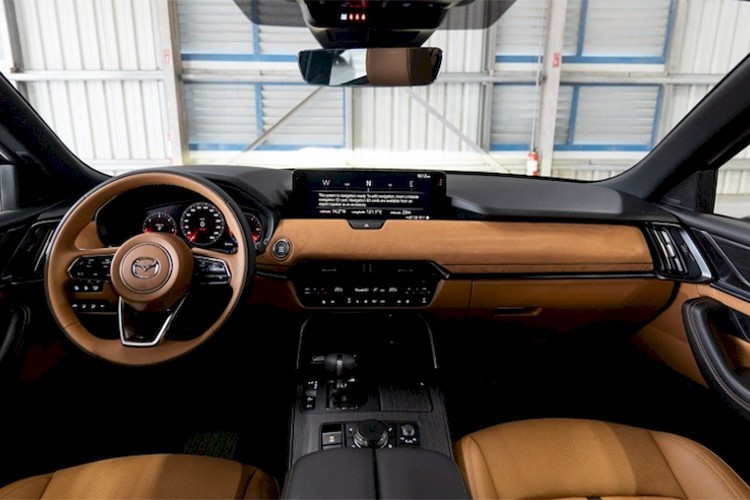
Mr. Fritsche shared with Drive that the lack of real-world testing was the main reason for the suspension and powertrain failures. The simulation environment did not accurately reflect the harsh operating conditions that customers experience every day. This leader called this an expensive lesson for Mazda and affirmed that the company had to hold many stressful meetings to learn from the experience and tighten the process to ensure that future models meet quality standards from the first time they reach customers.
As soon as it was delivered to users in markets such as Europe, Japan or Australia, the Mazda CX-60 received countless complaints. The most prominent problem was the rear suspension system, which was considered too stiff, causing uncomfortable vibrations and not providing a smooth feeling worthy of the segment. In addition, the car's gearbox also had problems, operating less smoothly in some situations.
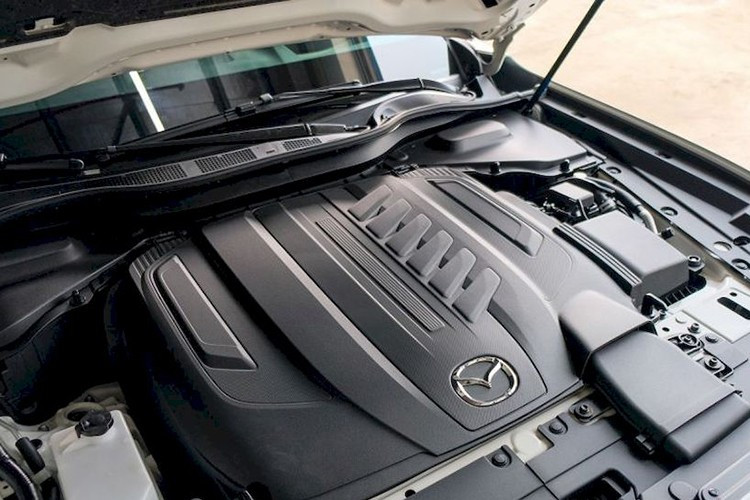
Especially for the PHEV (Plug-in Hybrid) version, the system of switching between the gasoline engine and the electric motor does not operate optimally, affecting the overall driving experience. These basic technical errors have significantly affected the image of a car company known for its meticulousness and reliability like Mazda in the eyes of global consumers.
Not letting this situation drag on, Mazda quickly set about fixing the consequences. Since its launch, the company has made two major mechanical adjustments. Specifically, for cars produced from October 2023, the company has equipped completely new rear shock absorbers to reduce vibration and improve stiffness. However, this update has not really satisfied demanding customers.

Continuing to listen to the market, at the end of 2024, Mazda announced the second suspension adjustment for the 2025 CX-60. This upgrade promises to completely solve the remaining problems, bringing smoother and more stable operation. These moves show that Mazda is determined to regain the trust of customers, although experts believe that an experienced name like them should not have let these elementary mistakes happen in the first place.
Source: https://khoahocdoisong.vn/mazda-cx-60-ra-mat-voi-vang-gap-mot-loat-van-de-ky-thuat-post2149072078.html












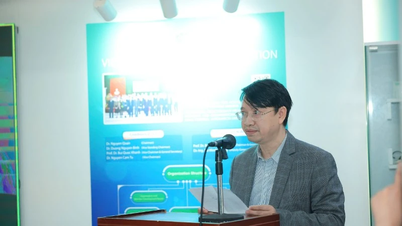

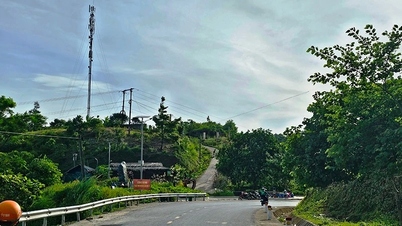














































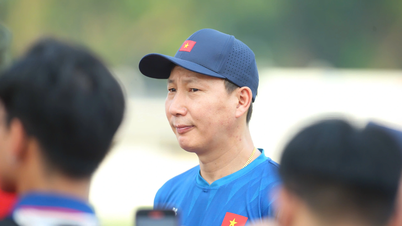




















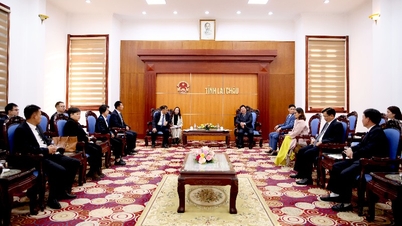

















Comment (0)